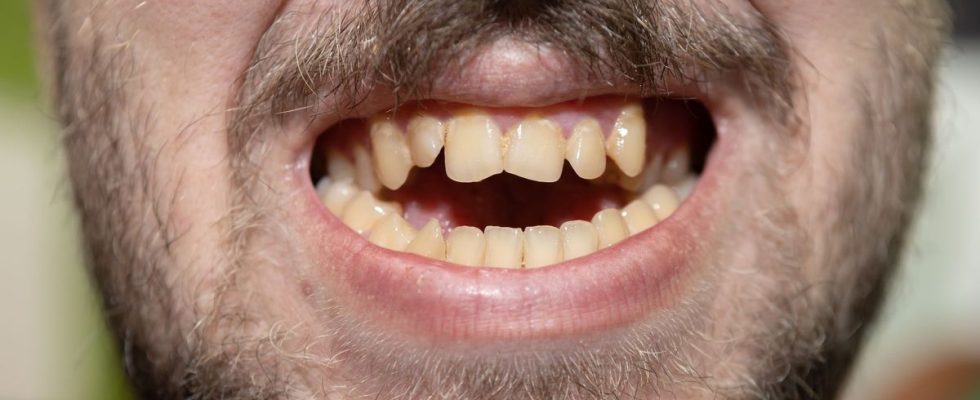Published on
Updated
Reading 2 mins.
in collaboration with
Dr Gérald Kierzek (Medical Director)
During a family argument, an American was bitten in the thigh. An injury that unfortunately worsened due to a flesh-eating bacterial infection. A rare case.
He wanted to stop a escalating argument, but ended up with an infection that could have cost him his leg. According to an NBC News report, Donnie Adam, a 56-year-old Florida resident, was bitten in the thigh by a member of his own family when he tried to intervene in an argument that had come to blows. But the bite, far from being superficial, quickly became infected, then simply died away.
A bacteria transmitted by the bite
Arriving at the emergency room, the man is taken care of, without further fear: the wound disinfected, Donnie receives a vaccine against tetanus and antibiotics. But on the 3rd day, his leg changes appearance: “My leg was swollen, it was very hot and I had mobility issues,” says Donnie Adams to NBC News. Two surgeries within a few days are needed to clear up the infection. Analyzes then show that Donnie Adam suffers from necrotizing fasciitis. This bacterial infection is characterized by soft tissue necrosis. This also earned it the nickname flesh-eating infection.
“I would have lost my leg if I had waited until the next day due to the progression of the infection in this area”says the patient.
To save the leg and the life of his patient, the surgeon must then remove approximately 60% of the skin on the front of the left thigh. Three months later, the patient is better. “I expect him to make a full recovery. He’s still going to feel that scar tissue on his thigh for a while, but his skin is fully healed.”assured the doctor.
What are flesh-eating bacteria?
This flesh-eating bacterium, called vibrio vulnificus, belongs to the same family as cholera, and is found all over the world. Indeed, it lives naturally in warm salty or brackish waters. The heat of the water helps it proliferate. Infections in humans then occur during swimming or when a person consumes contaminated, raw or undercooked seafood. But much less often by human bite! However, its presence on a wound can then cause necrotizing fasciitis. Indeed, the infection literally eats away the skin, muscles, nerves, fat and vessels around the wounds. Antibiotics are needed to treat the infection as soon as possible. In some cases, amputation will unfortunately be necessary to avoid sepsis.
What to do in the event of a human bite?
If biting your partner is generally rare in adulthood, how to react if it happens? For Dr. Kierzek, emergency doctor and medical director of Doctissimo, there is no need to panic, the event of Donnie Adam being an exceptional case.
“A human bite is usually superficial. So there’s not much to do beyond disinfecting and checking the tetanus vaccine. There are not necessarily antibiotics prescribed as a preventive measure like for a dog bite. As for the risk of HIV that we can think of if the biter is a carrier, there is no risk, except if it is a very, very deep bite. In this case, we give a post-exposure treatment.”
